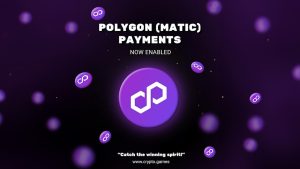Understanding Darknodes
Darknodes are a crucial component of RenVM, a liquidity network that operates across different blockchains. These darknodes, also known as autonomously managed nodes, play a vital role in the network’s functioning.
Anyone can host a darknode, but there are specific requirements that must be met:
- Each darknode must run the RenVM software on a virtual private server.
- Darknode operators must invest 100,000 REN coins into the darknode registry contract.
These conditions incentivize node operators to act responsibly and discourage malicious behavior by putting their deposits at risk.
Darknodes serve as decentralized and trustless custodians for digital assets stored on the RenVM platform. When the platform converts a digital asset into an ERC-20 token, users can collect fees. In the Republic Protocol’s decentralized dark pool, darknodes play a crucial role in ensuring protocol security and facilitating network operations.
The primary function of a darknode is to match orders from the Republic Protocol’s hidden orderbook. This collaborative effort is less computationally intensive compared to Bitcoin mining. Darknodes use order fragments to reconstruct the private data of matched orders and validate them. The matched orders are then sent to the relevant dark pool’s settlement layer. Third-party dark pools define at least one settlement layer, and darknodes are rewarded for initiating the settlement process.
It’s important to note that order shares are evenly distributed throughout the network, and transaction settlement costs can be paid in currencies other than REN, such as ETH and other tokens.
The REN token is often used as fuel for the sMPC network powered by a Darknode (RenVM). While the Darknode network is permissionless, a bond of 100,000 REN tokens is mandatory to register and operate a Darknode. This requirement prevents malicious actors from creating a large number of aliases and flooding the network with fraudulent darknodes.
Running a Darknode for RenVM is a significant responsibility. It requires active participation in the network and community, as well as technical knowledge such as familiarity with a command-line interface (CLI). Darknode operators must regularly update their darknodes and replenish them with ETH. It is advised not to participate in the RenVM ecosystem unless one is dedicated to contributing to the network’s security.











